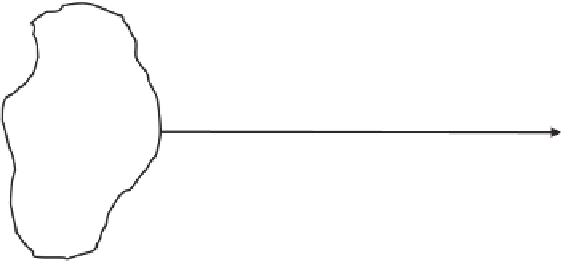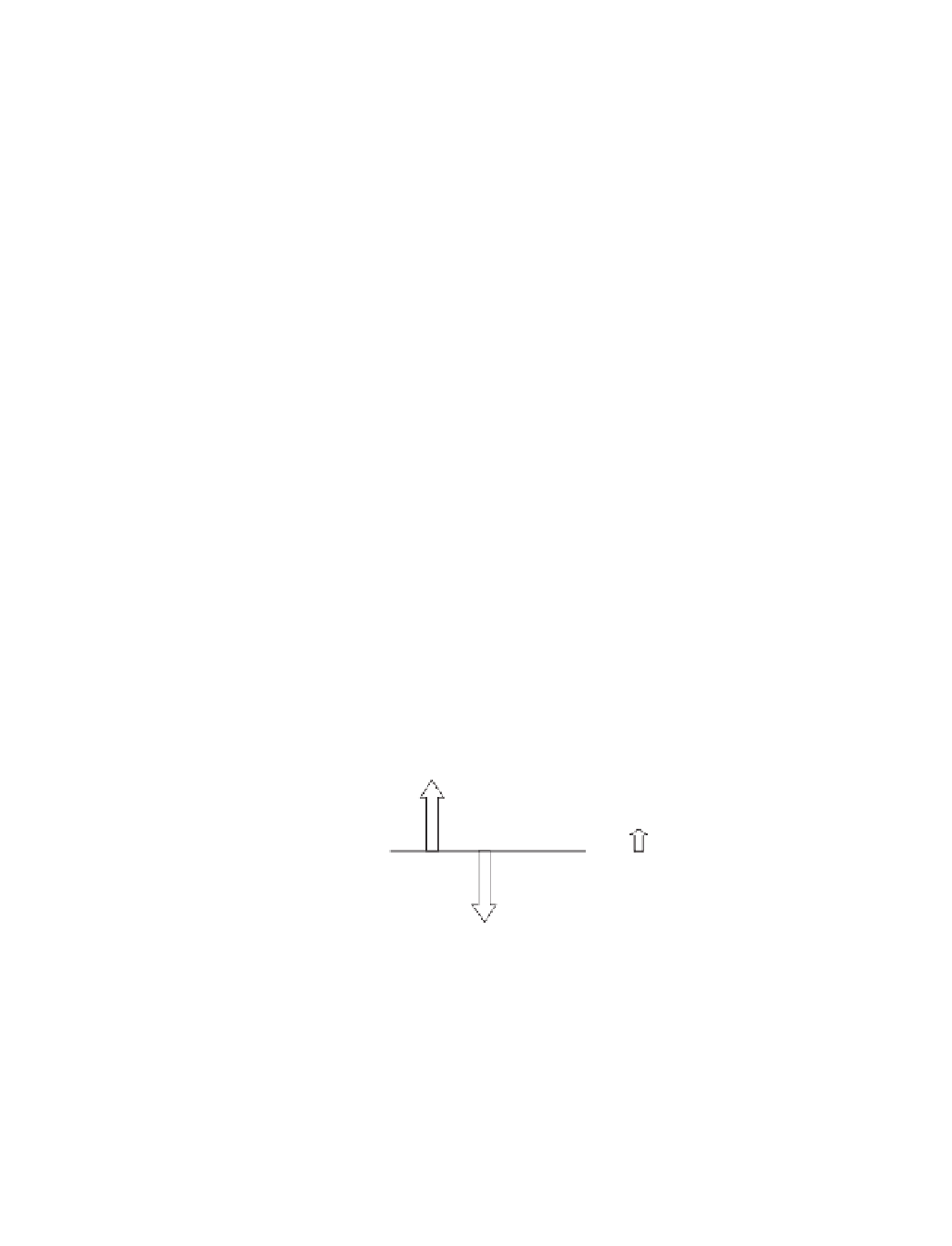Environmental Engineering Reference
In-Depth Information
Energy spent
in the process
of extraction
and
transformation
(
E
In
)
E
In
= Includes self-,
direct, and indirect
energy used in the
process
Energy
source
Economy/society
Energy
available after
extraction and
transformation
(
Usable energy
available to the
economy or society
(
E
Usable
)
E
Out
)
Usable energy
E
Usable
E
Out
-E
In
=
=
=
EROI
Energy spent in the process
E
Spent
E
In
Figure 11.1
The concept of energy return on investment (EROI).
+
Energy
spent
(E
In
)
=
Energy
produced
(E
Out
)
Usable
energy
(E
Usable
)
-
(E
In
)
(E
In
)
(E
In
)
(E
Usable
)
(E
Out
)
(E
Out
)
(E
Out
)
(E
Usable
)
(E
Usable
)
EROI > 1
EROI = 1
EROI < 1
Figure 11.2
Energy return on investment as a function of energy produced and energy spent.
energy return it would not be practical to use ethanol as a substitute for fossil transportation
fuels. Production of ethanol, which is directly or indirectly subsidized, may bring important
benefits for sectors of the economy related to its production; however, it comes with a
high price of environmental degradation, use of land, water, and the lost opportunity of food
production (Table 11.1).












